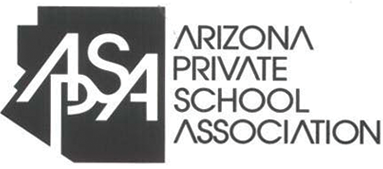Travelling the country is one of the many perks of life on the open road, and there are plenty of scenic routes for long haulers—if you know where to look. For Tucson drivers, there are plenty of sights to see beyond Mt. Lemmon and the Sonoran Desert. Below is a brief look at some of the most popular truck routes in the Southwest.
To the East Coast…And Back Again
The I-10 isn’t just the main vein between Tucson and in Phoenix. It actually starts in Los Angeles, CA and winds throughout the southern U.S. all the way into Jacksonville, FL. Aside from plenty of open spaces, it has the distinct advantage of being the only highway free of snow all year round. If your travels take you through the Midwest or upper East Coast, the I-40 through Flagstaff can take you through the Appalachian, Ozark, and Rocky mountains—just watch out for traffic jams near Oklahoma City and snow during midwinter months. For ventures further up North, merging with the I-80 will take you straight to New York City.
Places to Avoid
If your travels venture north, drivers suggest avoiding the congestion in areas surrounding Boston, MA; Chicago, IL; and Brooklyn, NY. Strong winds, dust storms, and the occasional monsoon are among some of the most common highway hazards that Arizona truckers have to face, but steep grades and snowy roads can be deadly for desert drivers. Either avoid them entirely or brush up on your CDL training. And as always, check ahead for reports of severe weather or traffic closures. When in doubt, contact your dispatcher and follow recommended routes.
From training to job placement, the HDL Truck Driving Institute is committed to providing students with resources and experience to pursue a successful career as a professional truck driver. To receive more information about our CDL programs in Tucson, AZ, contact us online or call (877) 205-2141 today.
















